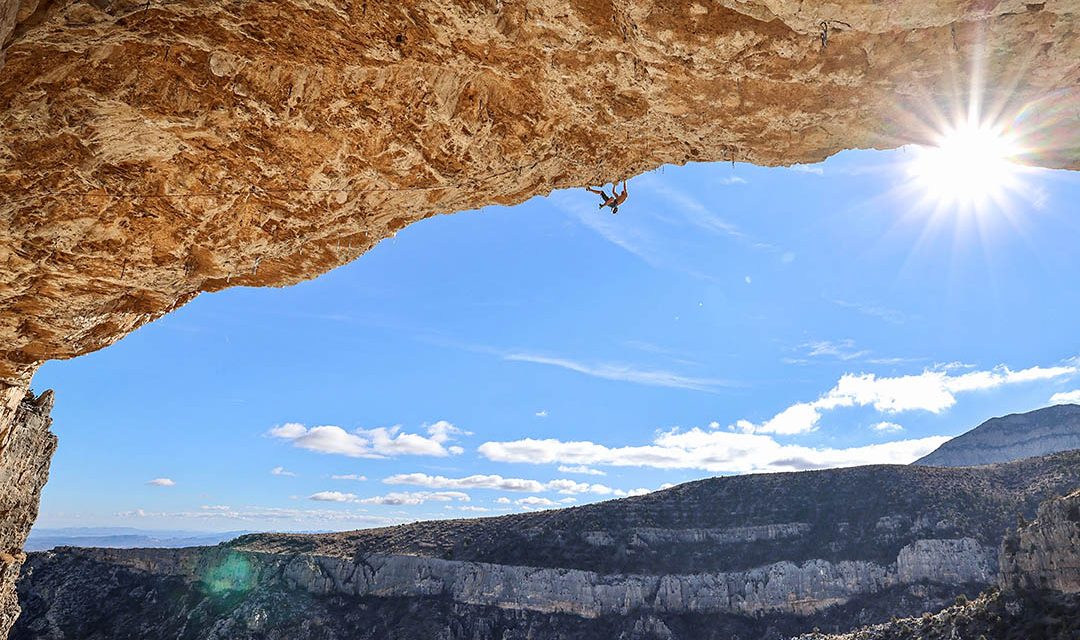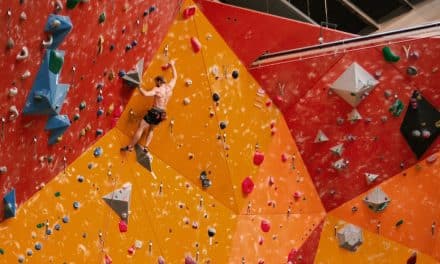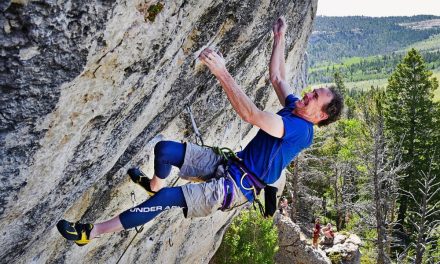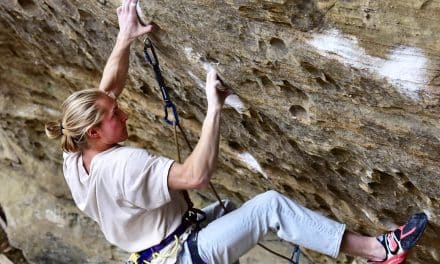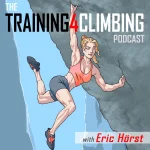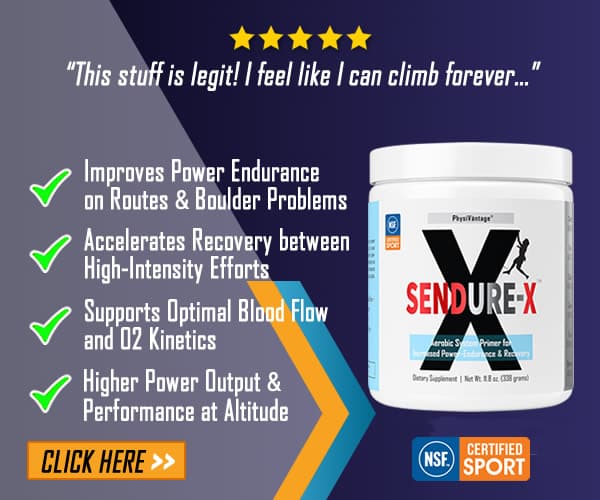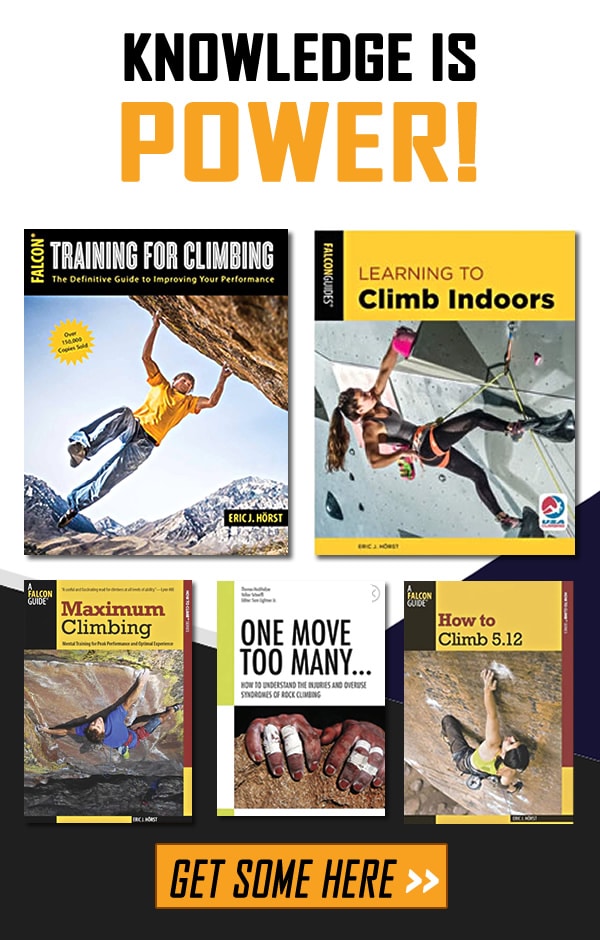Photo: PhysiVantage pro, Cameron Hörst, on his way to the send of Smoke Wagon (5.14d), Mt. Potosi, NV.
Learn why embracing your weaknesses might be the best way to level up your climbing!
by Cameron Hörst >> CameronHorst.com
One of the most effective ways to fuel long-term growth as an athlete—regardless of sport—is to confront your weaknesses head-on. As you become more advanced, the return on investing time into your strengths begins to diminish.
In climbing, your specific weaknesses are often referred to as your “antistyle”—the types of climbs that feel most unnatural or difficult for you.
In this article, I’ll share my personal journey of projecting near-limit climbs that fall squarely within my antistyle. If you happen to share similar weaknesses, this might give you a helpful blueprint. If not, I hope the strategies I outline can inspire you to develop your own approach to tackling your antistyle.
What’s My Antistyle?
My antistyle is long, resistance-based routes that demand sustained aerobic output—especially those with minimal or no true rests. These are the long “resistance” routes where the pump builds and sustains for 10 or 20 minutes (or more). Historically, I avoided these types of climbs. They often took twice the effort and time to send compared to a route of the same grade that better suited my natural strengths—shorter, more anaerobic, power-endurance-based lines.
This avoidance was rooted in my background as a multi-sport athlete. With limited climbing seasons in my youth, I naturally gravitated toward “my style” routes—ones I could send more quickly and confidently. The result? A glaring hole in my climbing skill set. I might have seen success on paper, but I knew my overall capability was imbalanced. That realization stuck with me.
So over the last couple of years, as I transitioned into full-time climbing, I made a conscious decision to confront this gap. I committed to attacking my antistyle.
Changing My Approach
Interestingly, I didn’t overhaul my training plan. I kept the same framework, always pushing intensity as I grew stronger. The key shift was in my project selection. Around 70% of the outdoor sport climbs I chose over the past 18 months were deliberately focused on my antistyle—long, sustained routes with few rests. The remaining 30% were “my style” routes, strategically included to keep morale high with more regular successes.
This shift wasn’t just physical. It became a test of patience, discipline, and ego. There’s a unique frustration that comes with projecting routes several grades below your peak simply because they aren’t your style. One clear example is my experience on Smoke Wagon (5.14d/9a). I’ve sent other 9a routes in just a few sessions—but Smoke Wagon, a classic resistance testpiece, took weeks. That process humbled me, but also pushed me to grow.
Over time, I’ve made noticeable gains. I now feel nearly as capable on endurance-heavy climbs as I do on power-endurance routes. And the confidence that brings is huge.
The Payoff
Improving your proficiency in your antistyle has ripple effects. For any climber, it expands the range of routes and crags where you can perform at a high level. For me, building a more solid aerobic base has unlocked a new foundation for future strength and performance gains. Now, I can train harder, recover better, and take on more demanding climbs across a broader spectrum of styles.
If you see yourself in this story, I encourage you to identify your own antistyle and start addressing it. Try applying a “70/30” split in your projecting—focus the majority of your effort on your weaknesses, while still sprinkling in routes that play to your strengths to stay motivated. With the right mindset and a bit of strategic effort, your weaknesses can become weapons.
Cameron Hörst is a Utah-based pro climber, climbing coach, and student of kinesiology at the University of Utah. Contact him for training guidance at CameronHorst.com
Copyright © 2024–2025 Cameron Hörst | All Rights Reserved

